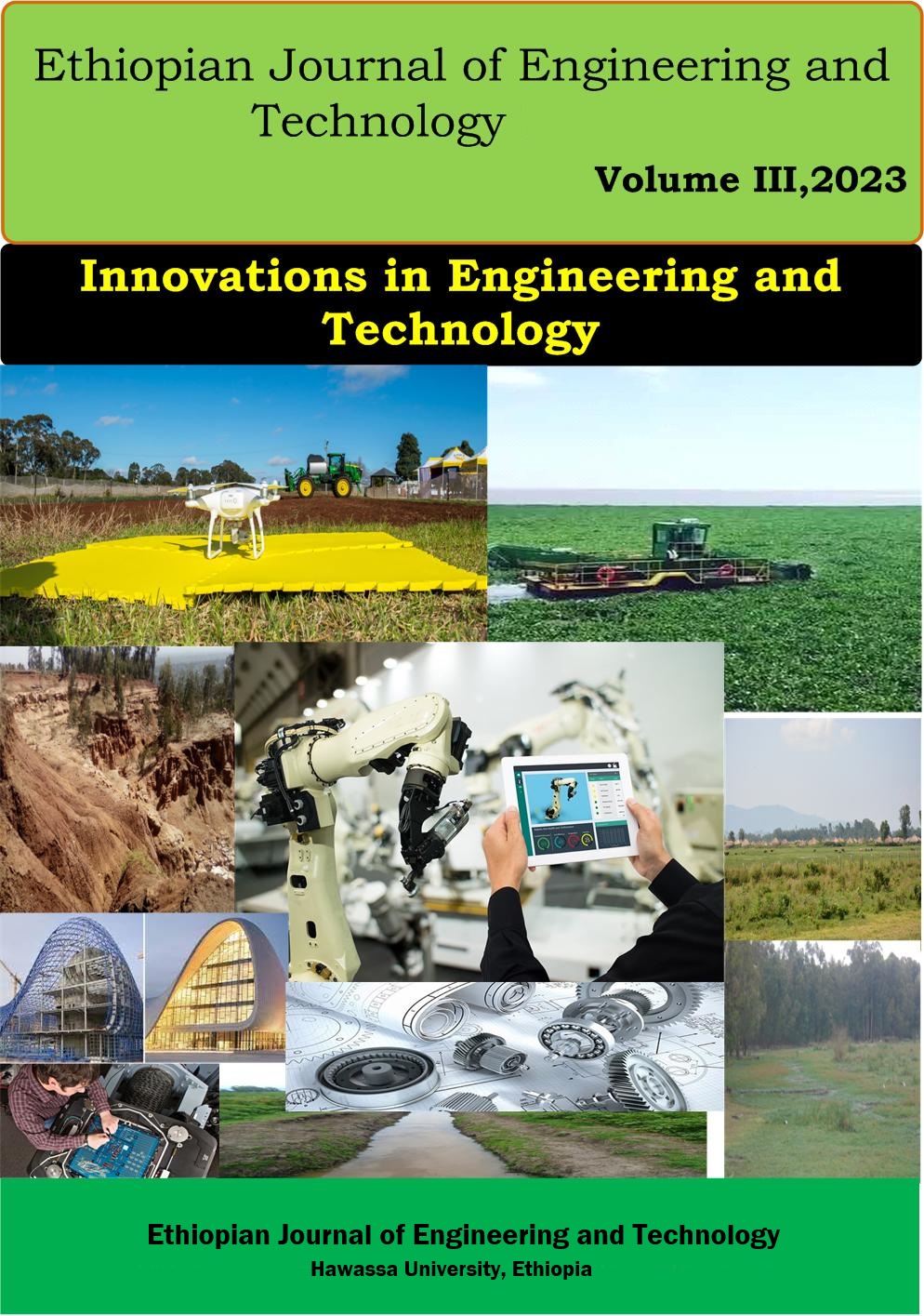Quantitative 3D Landslide Susceptibility Assessment Using Finite Difference Method in Hawassa City, Southern Ethiopia
Bereket Bezabih and Natnael Berded
DOI:
https://doi.org/10.82127/x213yt47Keywords:
Slope stability, strength reduction method, FLAC3D, factor of safetyAbstract
Rapid urbanization is forcing settlement expansion to previously uninhabited areas which are potentially susceptible to geo-hazards such as landslides. Residents have moved to the foothills of Alamura Mountain in the last few decades. As a result, it is pertinent to evaluate the potential vulnerability of these settlements to landslide hazard. A three-dimensional finite difference model was developed to compute the factor of safety against rainfall triggered landslide using FLAC3D’s strength reduction algorithm. The models consisted of the rock mass layer and soil layer which were generated using SRTM 30 m DEM and AI generated spatially distributed depth to bed rock (DTB) data sets. Input parameters were estimated from field and laboratory testing and correlation equations for a mohr-coulomb constitutive model. The results show the factor of safety reduces from 1.84 in dry condition to 1.0 for saturated condition with water at the surface level. The model is limited to pore pressure at grid points and no seepage pressure is used due to unfavorable zone conditions. The results show significant reduction in factor of safety and implies these settlements are susceptible for landslides. A contour map of factor of safety were generated to depict the special variation of the landslide hazard.

